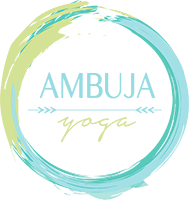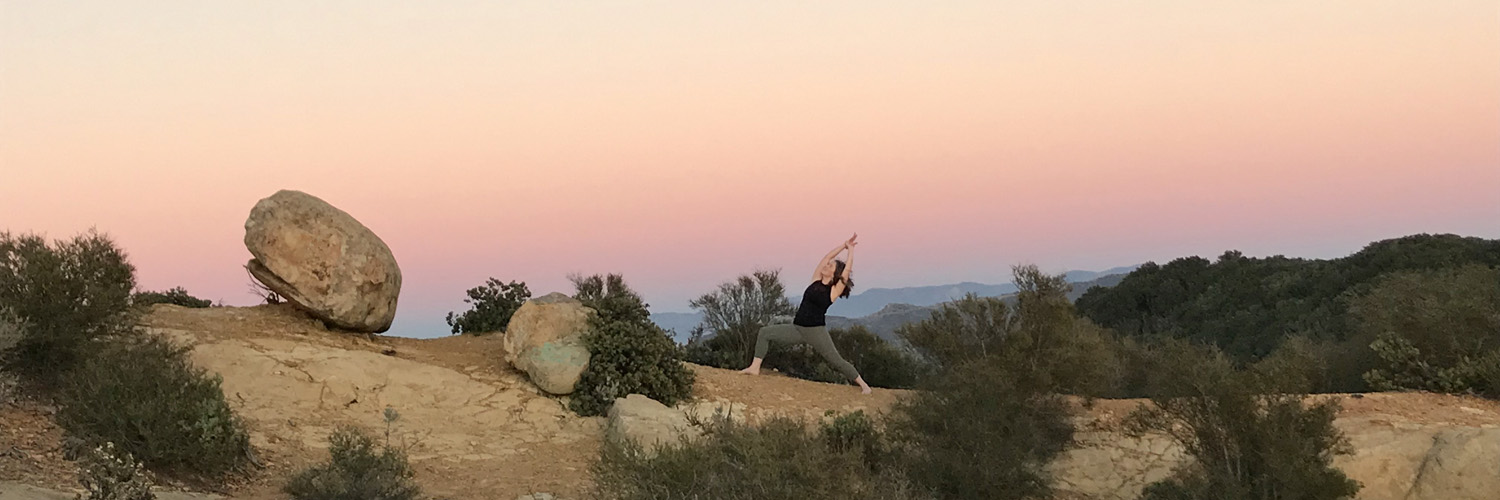Hey yogis, I’m here to clear things up about the bandhas. I’ve been to more than my fair share of group classes in which the yoga instructor says something along the lines of “engage mula bandha” without any extra guidance. There are so many new yoga students right now and honestly I’d like to give you a hand, to demystify the bandhas, and encourage you to keep coming back to your yoga mat time and time again. I know experiential guidance is even more powerful than just reading, but this blog post will at least get you started in the right direction… if you still need more clarification feel free to message me or join me for a Bandha Workshop.
WHAT ARE THE BANDHAS?
Bandhas are the activation and engagement of muscle fibers, in strategic areas in the body, that support in the toning and lifting of the systems of the body against the natural laws of gravity. Bandhas are used to stabilize the spine AND to draw kundalini upward.
3 Main Bandhas:
- Moola bandha (mula bandha)- The root lock
- Uddiyana bandha- Upward flying lock
- Jalandhara bandha- The throat lock
2 Secondary Bandhas:
- Hasta bandha- hand lock
- Pada bandha- foot lock
MULA BANDHA- “THE ROOT LOCK” (PERINEUM OR CERVIX RETRACTION LOCK)
Mula bandha forces the prana upward and prevents it from escaping out the lower outlets.
Mula Bandha Basics:
- Begin by practicing in a seated posture.
- Isolate the different parts of the pelvic floor (front-stopping pee, back-stopping poo, middle- pulling in and up (without engaging front or back))
- Lift from the perineum (male) or cervix (female); similar-ish to a kegel
Activating and engaging mula bandha tones and supports the internal organs of the lower abdominal cavity and brings much needed awareness to the space between the pubis (front) and the coccyx (back). This connection between front body and back body is usually saved for the psoas muscle, which due to habitual patterns of hip flexion in what we do for work and play is one of the major causes of lower back pain. Continuous awareness of the space between the pubis and coccyx and sitting bones in yoga poses and transitions can help alleviate already existing tightness, tension and/or lower back pain and can reduce the potential of lower back injury.
Gross (clench) vs. Subtle (lift) action
Practicing with a more gross, clenching sensation is okay when you’re learning to identify the muscles necessary to perform the bandhas, but in a regular asana practice the engagement is much more subtle… perhaps 20%.
Get Familiar With Your Pelvic Floor
Physiologically, this bandha is a diamond shape hammock of muscles that spans the space between the bones of the pubis in the front, the two ischium (sitting bones) on the sides and the coccyx in the back. These are your coccygeus, iliococcygeus, and the pubococcygeus muscles – known together as your Levator Ani, which form a part of the pelvic floor.
UDDIYANA BANDHA (THE ABDOMINAL RETRACTION LOCK)
Uddiyana bandha unites apana and prana at the navel center, the bandha described is called the rising or flying bandha.
Uddiyana Bandha Basics
- To learn Uddiyana Bandha practice in either a seated posture (with spine long) or standing posture with feet hip width and hands on thighs.
- Inhale fully inflating belly and lungs then exhale fully and forcefully until empty.
- With the breath held out draw your diaphragm in and up to hollow out the belly.
- Release your breath and uddiyana bandha when you cannot hold the breath comfortably any longer.
- Never exhale or inhale AS you move the body into the lock. Breathe after or before movement as appropriate.
Uddiyana Bandha increases vitality, toning effect on the visceral organs, muscles, nerves and glands, stimulates blood circulation and absorption. The heart is gently massaged and squeezed by the upward pressure of the diaphragm. The suction or negative pressure in the thorax draws venous blood up from the abdomen into the heart and at the same time, arterial blood is drawn into the internal organs.
Chakras most affected are:
Manipura (solar plexus), Anahata (heart), & Vishuddi (throat).
*contraindications: stomach or intestinal ulcers, uncontrolled high blood pressure, heart disease, glaucoma or raised intracranial pressure
JALANDHARA BANDHA (THROAT LOCK)
Jalandhara prevents an upward leakage of prana. Jalandhara regulates the circulatory and respiratory systems, stimulates the thyroid to balance metabolism, and is said to cure diseases of the throat.
Jalandhara bandha basics:
- Can be practiced in most postures.
- Full expression: shoulders up, chin to chest and jawline back.
Chakras most affected are:
Vishuddi (throat)
*contraindications: uncontrolled high blood pressure and heart disease
MAHA BANDHA (THE GREAT LOCK)
Maha bandha, or the Great Lock, is a combination of mula bandha, uddiyana bandha, and jalandhara bandha. Maha bandha should only be practiced under the guidance of an experienced teacher.
Don’t worry if bandhas continue to feel foreign. As you continue your yoga practice you will become more aware of the inner workings of your body.
Resources:
https://yogainternational.com/article/view/uddiyana-bandha-step-by-step
http://www.yogajournal.com/pose/net-bearer-bond/
https://www.jenreviews.com/yoga/
- 2024’s Most Inspiring Books on Yoga, Motherhood, and the Path of Transformation - March 28, 2024
- Gratitude Revolution: Simple Ways to Spark Joy in Your Life - November 21, 2023
- Yoga and the Immune System - May 17, 2021

 Ambuja Yoga
Ambuja Yoga 